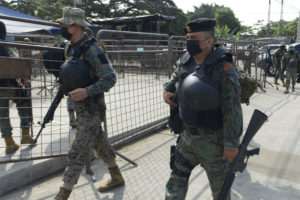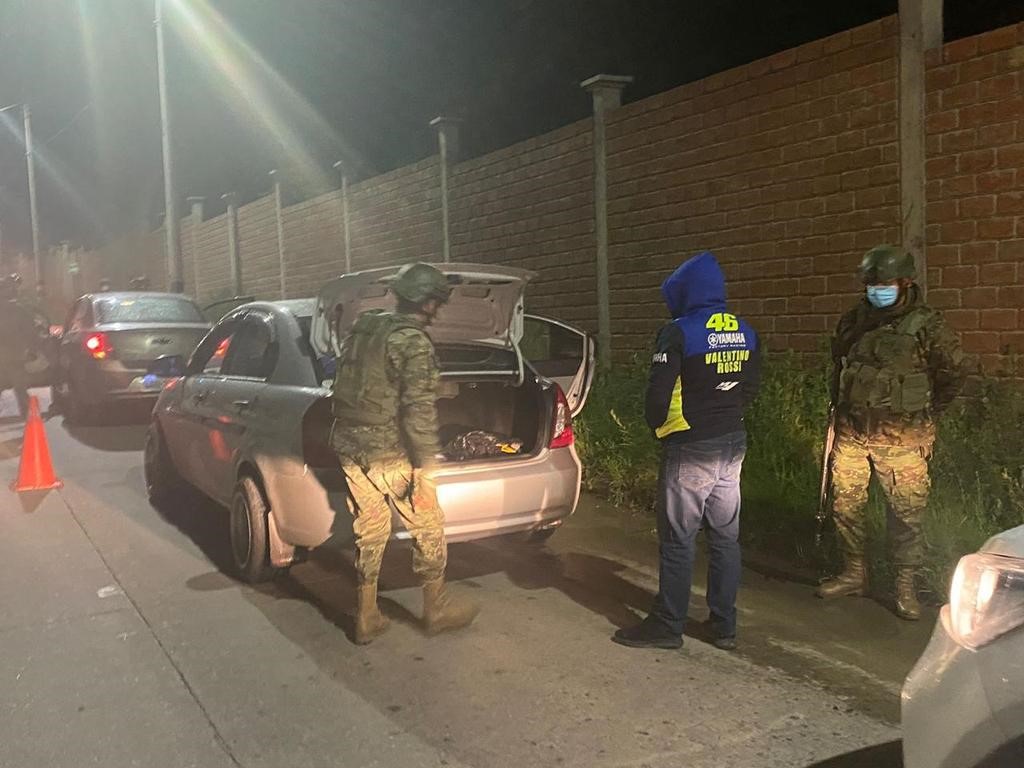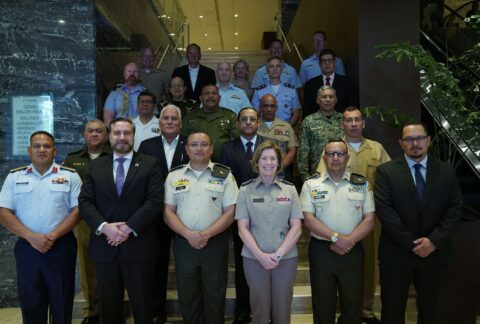Ecuador is experiencing an escalation of unprecedented violence. In 2021, the country broke homicide records: 1,885 by October, representing a rate of 10.6 per 100,000 inhabitants. That is double the figure in 2016, when the rate was 5.8 homicides per 100,000 inhabitants, according to a report from the Ecuadorian National Police released in October.
The situation caused Ecuadorian President Guillermo Lasso, who associates the increase in violence with narcotrafficking, to declare a state of emergency. “There is only one enemy on the streets of Ecuador: narcotrafficking,” he said as he announced the measure on October 18. In September, the U.S. government included Ecuador on a list of 22 major drug transit or major illicit producing countries.
The country is still going through a severe prison crisis. In 2021 alone, conflicts in correctional facilities have left more than 320 inmates dead, including the 62 victims of the last riot that occurred November 13-14 in the Guayaquil prison. The Ecuadorian government attributes the events to clashes between rival narcotrafficking factions.

For a month (the Constitutional Court of Ecuador limited the state of emergency to November 18), the Ecuadorian Armed Forces and the National Police implemented the executive decree through Plan Rescue Ecuador, with 24-hour patrols and monitoring of people and vehicles on the streets and roads of nine of the country’s 24 provinces. Efforts focused on the seizure of drugs and weapons.
After carrying out 234,804 operations during 30 days, under Plan Rescue, authorities seized 16 tons of drugs and 634 firearms, the Ministry of Government, indicated on November 18. In addition, Police officers and service members arrested 6,894 alleged criminals and dismantled 76 gangs involved in different crimes. Authorities also recovered 215 cars and 332 motorcycles reported stolen.
Preventive measures
In addition to the state of emergency, Plan Rescue Ecuador includes measures to combat drug use. As such, it seeks to combat micro-trafficking. According to the Ecuadorian newspaper El Universo, reports from Ecuador’s National Police and the U.S. Drug Enforcement Administration indicate that large drug cartels pay local gangs with small amounts of narcotics. Meanwhile, these gangs fight over the territories for distribution to consumers.
The government also plans to draft a regulation, which authorizes the Air Force to shoot down aircraft suspected of transporting drugs in Ecuadorian airspace.
Regarding the prisons, the Ecuadorian president says he is taking steps to mediate with the gangs, without making concessions to criminals. He has already deployed service members and more Police officers for prison security.
The government has also acknowledged the problem of prison overcrowding. In an interview with the BBC, during his participation in the COP26 in Glasgow, United Kingdom, Lasso said that prisons are overcrowded by some 9,000 people, 5,000 of whom qualify for release. “We’re just trying to speed up the process,” he said. Of the remaining 4,000, about 3,000 could be repatriated because they are foreigners, the president added.









